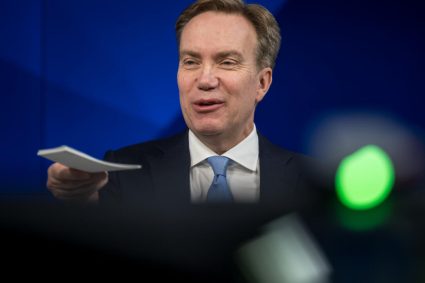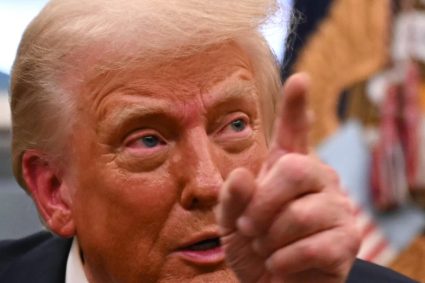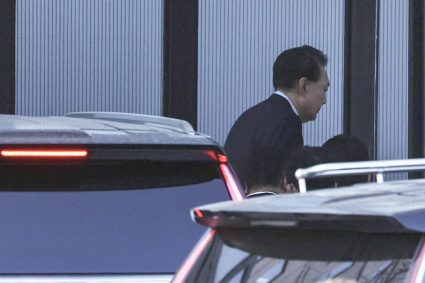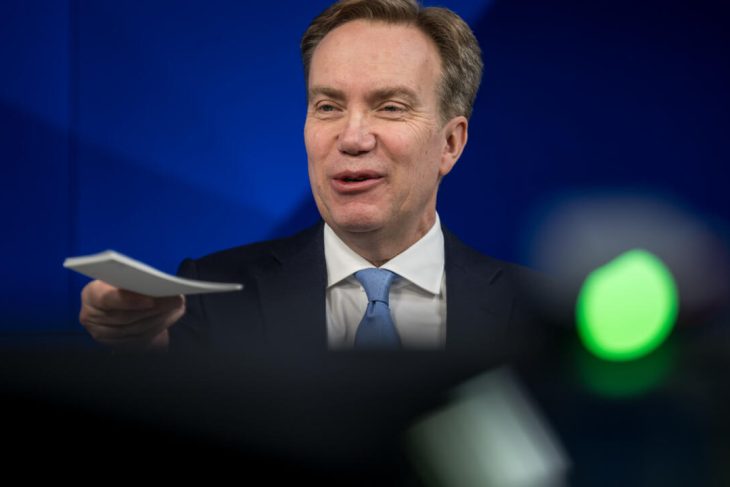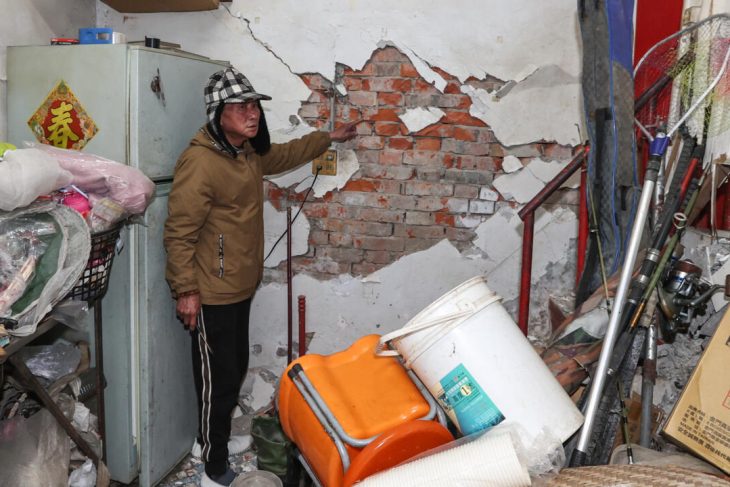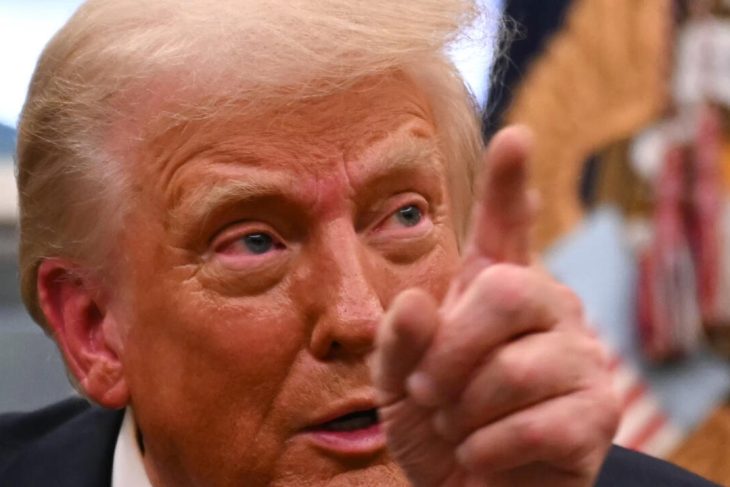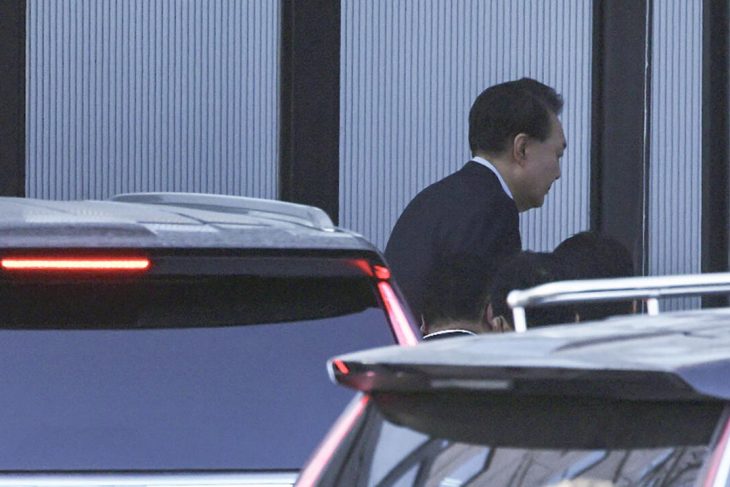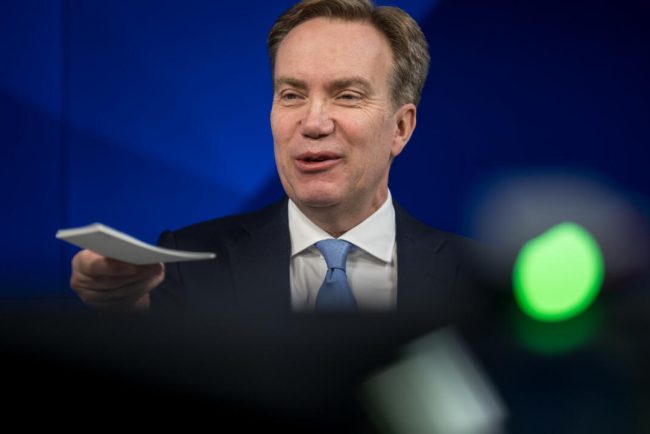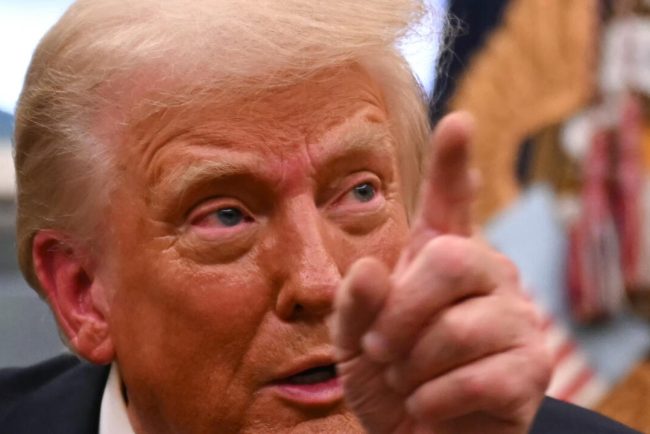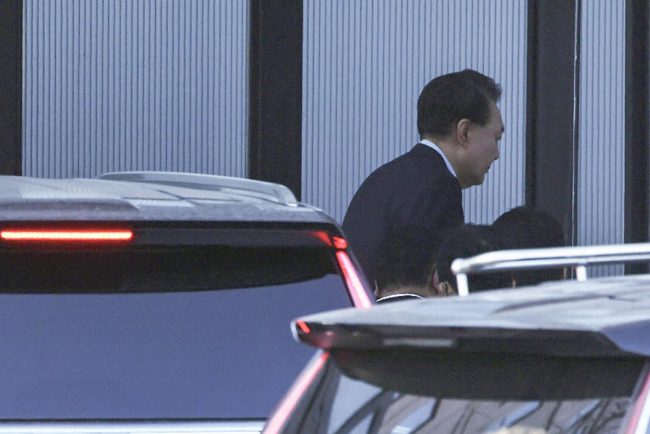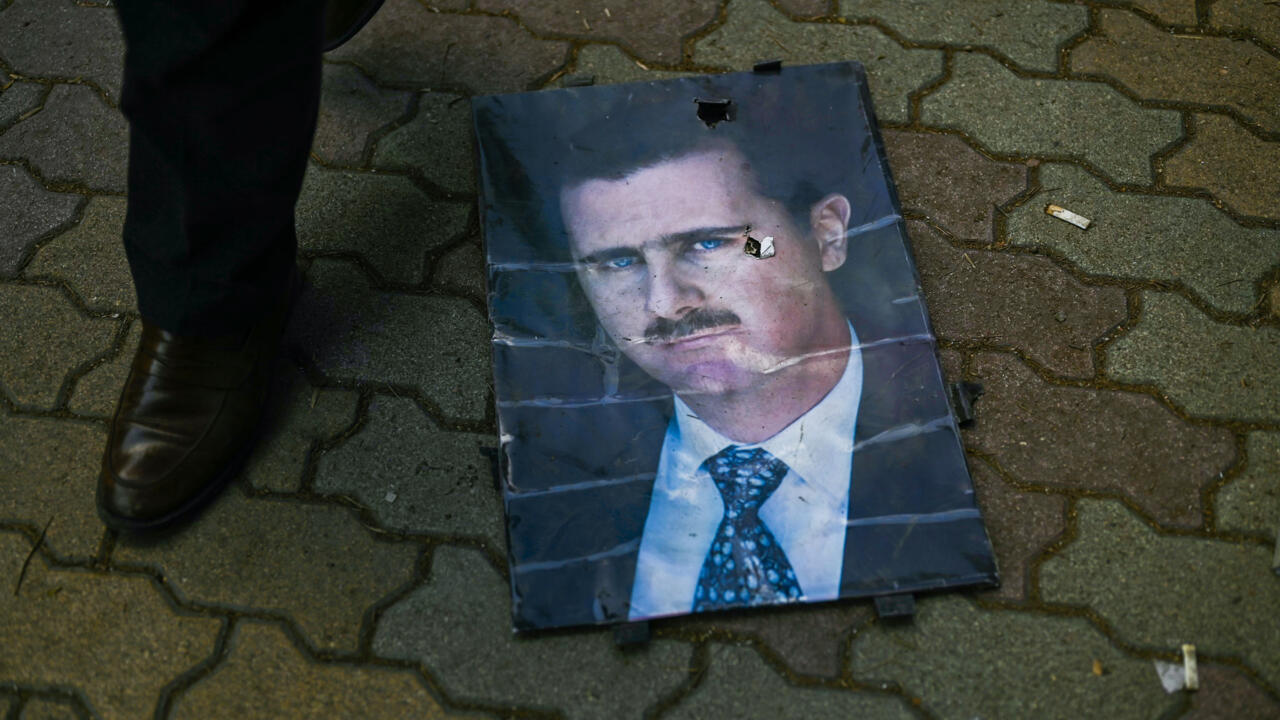
The militant group,often referred to as ISIS or IS, rose out of the chaos of the Syrian civil war to seize swathes of territory there and in neighboring Iraq, prompting a US-led air campaign starting in 2014 in support of local ground forces who ultimately defeated the jihadists.
Washington — which has troops in both Iraq and Syria — has for years carried out periodic strikes and raids to help prevent a resurgence of the brutal militant group, but stepped up its military action since Assad’s fall earlier this month, hitting dozens of targets.
“Previously, you had Syrian regime and Russian air defenses which would preclude, in many cases, our ability to — or desirability to go into those areas,” Pentagon spokesman Major General Pat Ryder told journalists this week.
Now, “it’s a much more permissible environment in that regard,” Ryder said.
On December 8 — the day Syrian rebels took the capital Damascus — Washington announced strikes on more than 75 IS targets that the US Central Command (CENTCOM) said were aimed at ensuring the group “does not seek to take advantage of the current situation to reconstitute in central Syria.”
‘Power vacuum’
And on Monday, CENTCOM said US forces killed 12 IS militants with strikes it said were carried out “in former regime and Russian-controlled areas.”
While Assad’s overthrow has eased access for US strikes, the Syrian leader’s departure could also provide an opening for IS militants.
“Terrorist groups like ISIS love a power vacuum, and so there is a risk that ISIS can exploit the chaos of a post-Assad Syria to resurface to an even greater extent,” said Raphael Cohen, a senior political scientist at the RAND Corporation.
There is also a danger that Washington’s Kurdish allies — who have previously been targeted by Turkey — may have to shift their focus to countering their neighbor to the north.
“That’s a particularly acute risk since they are functionally guarding ISIS detainees, so if they are released, that would obviously have negative effects on the counter-ISIS fight,” Cohen said.
The United States currently has some 900 troops in eastern Syria as part of its efforts to counter IS, but that could potentially change after President-elect Donald Trump takes office next month.
“Trump — during his first administration — signaled that he wanted to withdraw American forces from Syria. I can easily imagine a second Trump administration making a renewed push to do so, especially now that Assad is gone,” Cohen said.
Trump could also reduce US military commitments in the Middle East to let regional allies deal with challenges there, Cohen said, noting that “if that would happen, US counterterrorism strategy would look very different as a result.”
© 2024 AFP
